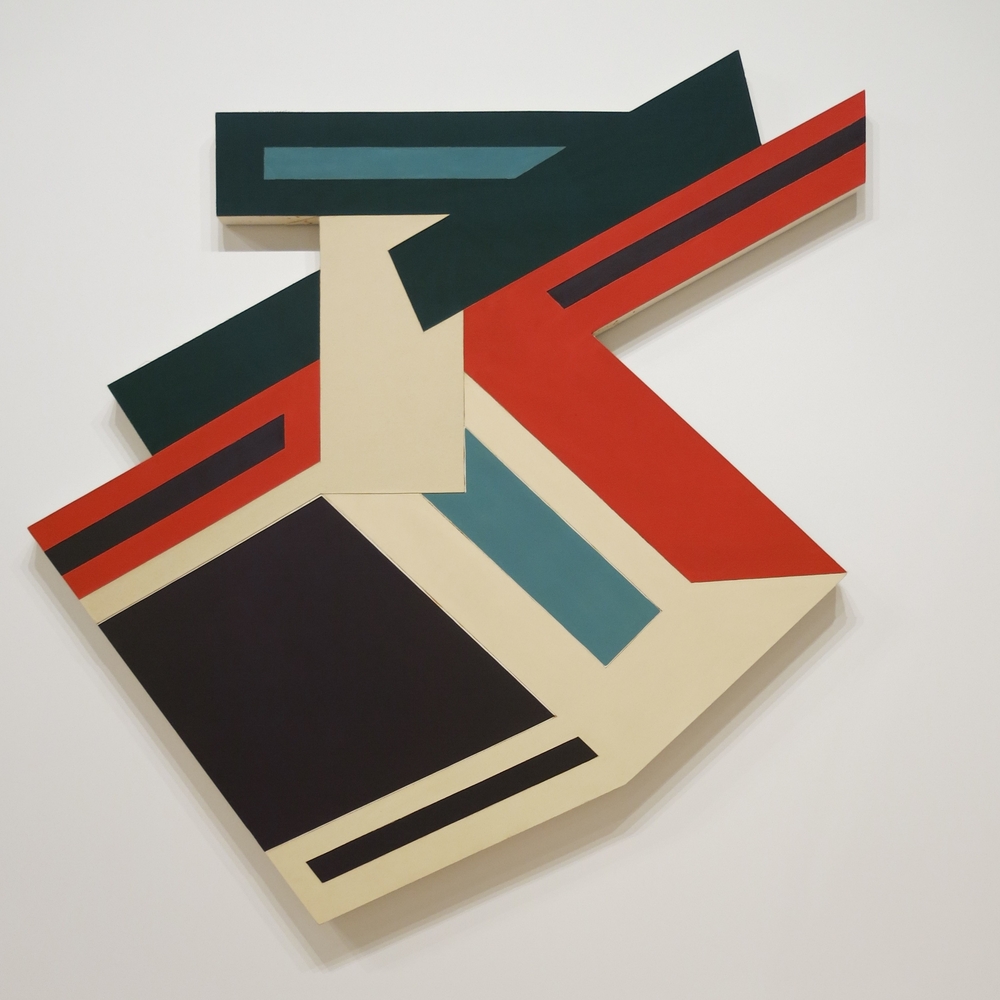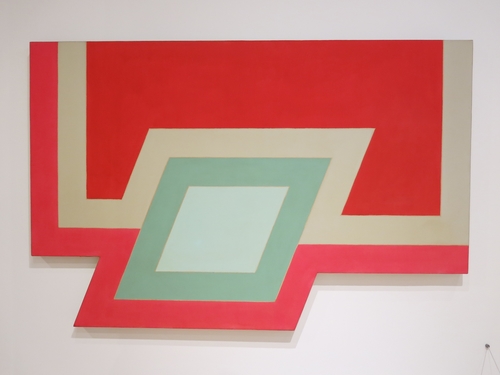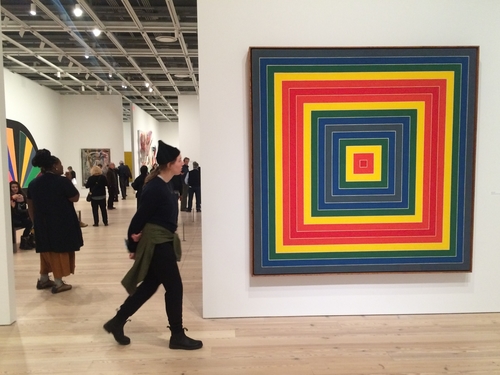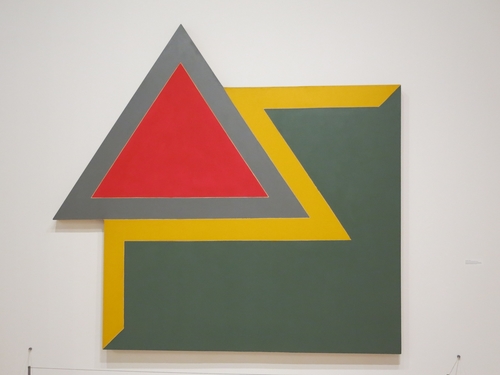Frank Stella’s Stripped Down and Honest Physicality
April 14, 2016
Jonathan Morgan, Cohort ’15

It’s not uncommon to hear people bemoan the inaccessibility of modern art. Viewers can easily be put off by esoteric concepts represented by works that value intellectual complexity over material execution. Frank Stella’s retrospective at the Whitney Museum is a stark reminder that the same environment that can breed such animosity can also yield work that is both novel and entirely accessible. Absolutely anyone can understand his work and appreciate it, largely because viewers are given the freedom to bring their own associations to each piece’s stripped down and honest physicality.



Upon exiting the elevators on the 18,000ft museum floor that has been dedicated to the exhibition, you are struck by the presence of the works around you. By presence, I mean the same feeling you get when you know you are not the only person in a room without having to actually see the other person you are sensing. Stella’s works have that energy and modulate it in varying ways through color, line, and scale. Pieces range from 50’ long gargantuan canvas to exuberant and invasive sculptural installations to small 3D-printed models that all invite you to not just see Stella’s work, but to experience it.
The sheer volume and variety of work is a reminder of Stella’s long and fruitful career. Once the intense sense of awe passes into familiarity, viewers get to journey through works ranging over nearly half a century of artistic development and growth. You can even witness his technique developing piece by piece as lines become sharper and canvasses more elegantly stretched over time. It’s a truly stunning and special level of insight to gain into the work of an artist that viewers often only get to experience one piece at a time.
While the exhibition layout itself can feel slightly claustrophobic at times, that level of unease can actually benefit the works on display. What makes Stella’s work so fascinating is how honest it can be. You are never left blindly groping in the dark for some scrap of conceptual familiarity. You can hardly look at the crisp and clean construction of much of his work and claim it to be lacking in skill.
“What you see is what you get.”
This is more than the artist or curator withholding some deep and insightful explanation of the work on display in order to get the viewer thinking. Such an approach can feel misleading to the unfamiliar viewer and often leads to questions about the validity of the work. Stella’s pieces are like the exposed brickwork. There’s no facade to see beyond, no convoluted conceptualism, no barriers for viewers to break through. The entire work is laid bare before you, ready for you to view and be affected by it. The Whitney’s retrospective reveals why Frank Stella is one of the most well-known artists of the 20th century. His work bridges the chasm of elitism that often keeps modern art out of reach for so many and forces us all into an equal plane of artistic reverie.
.jpeg)
